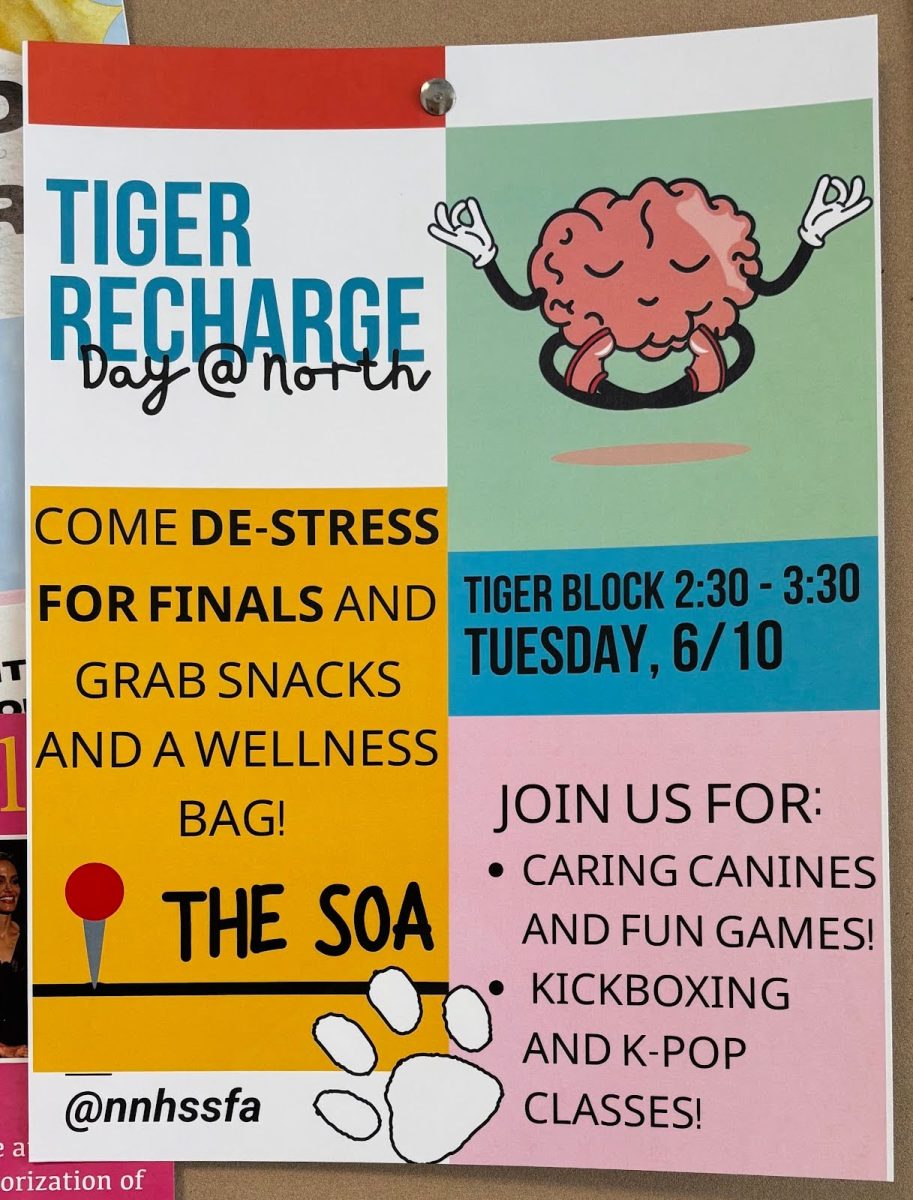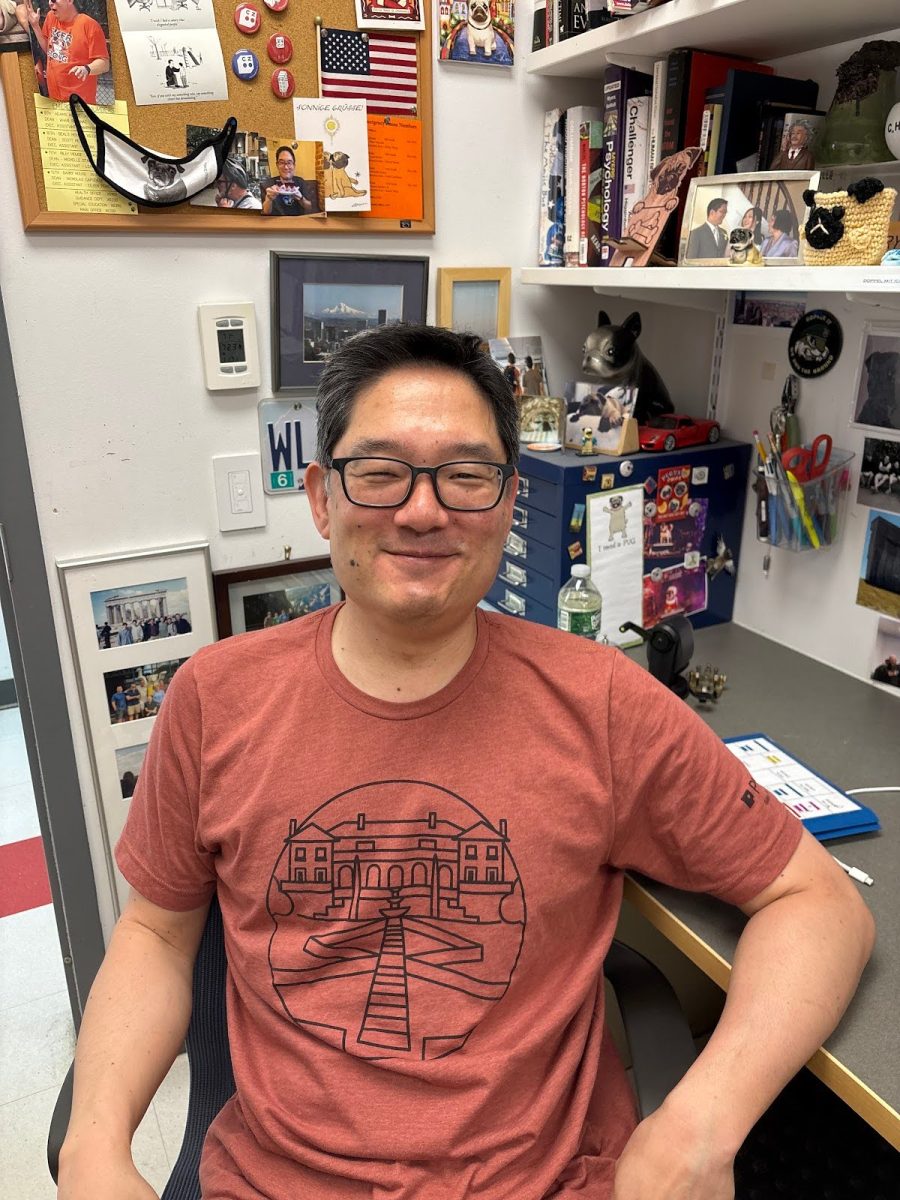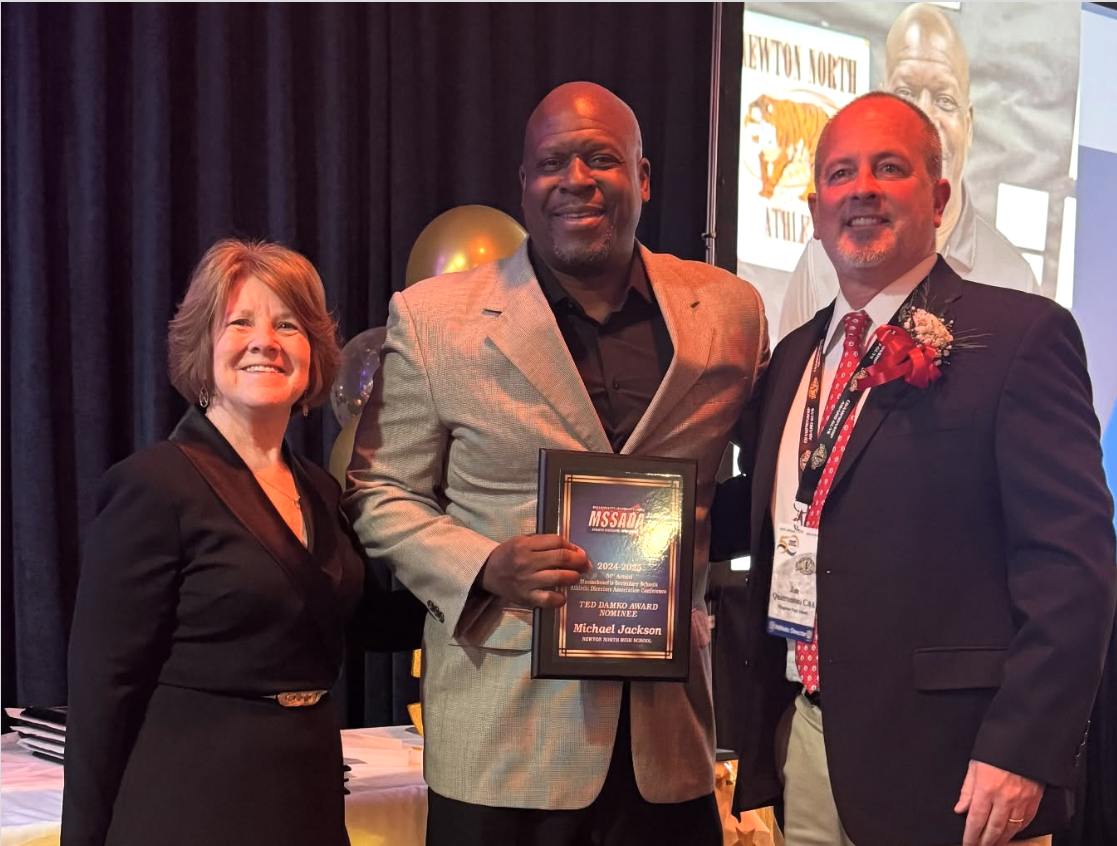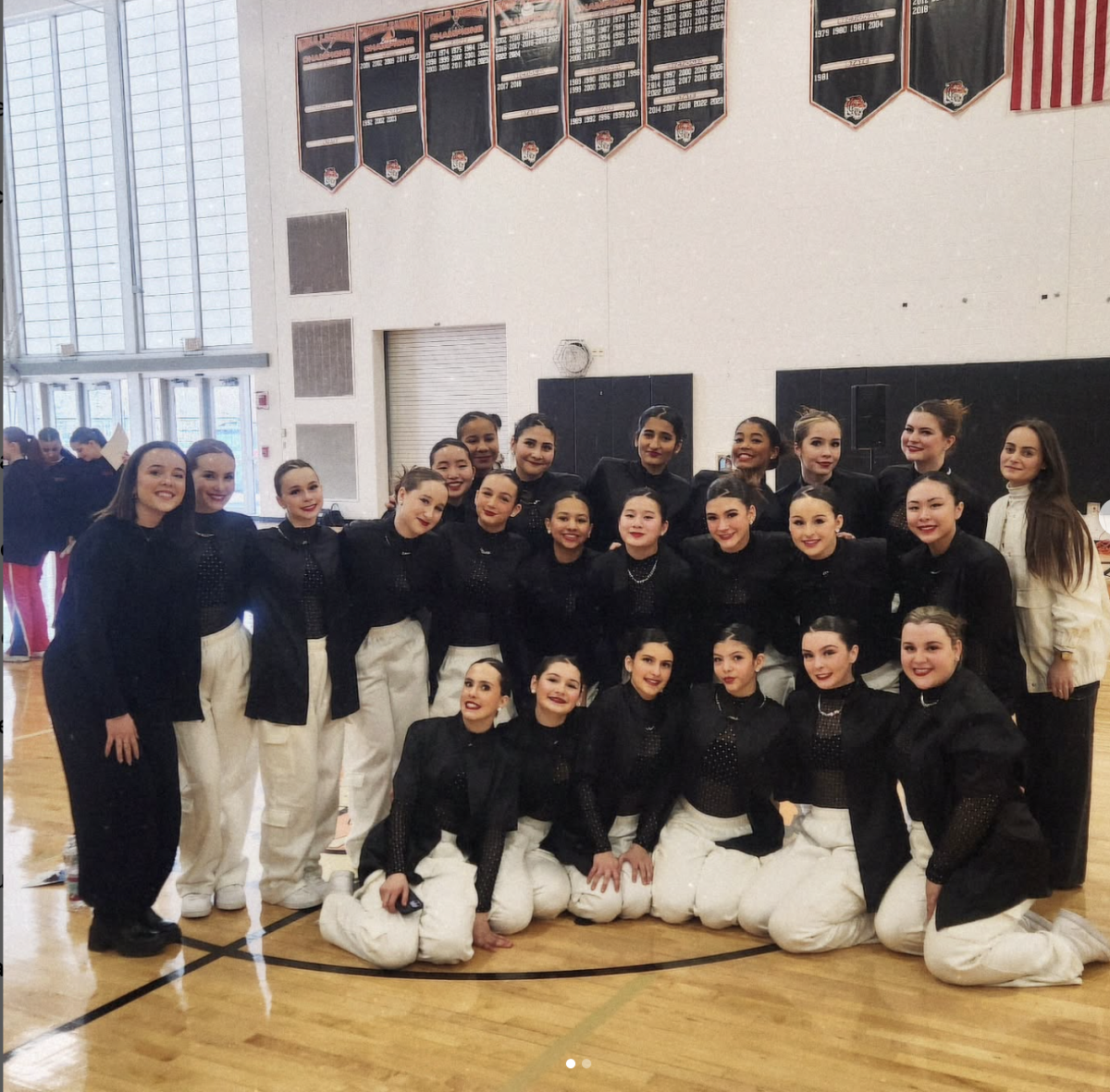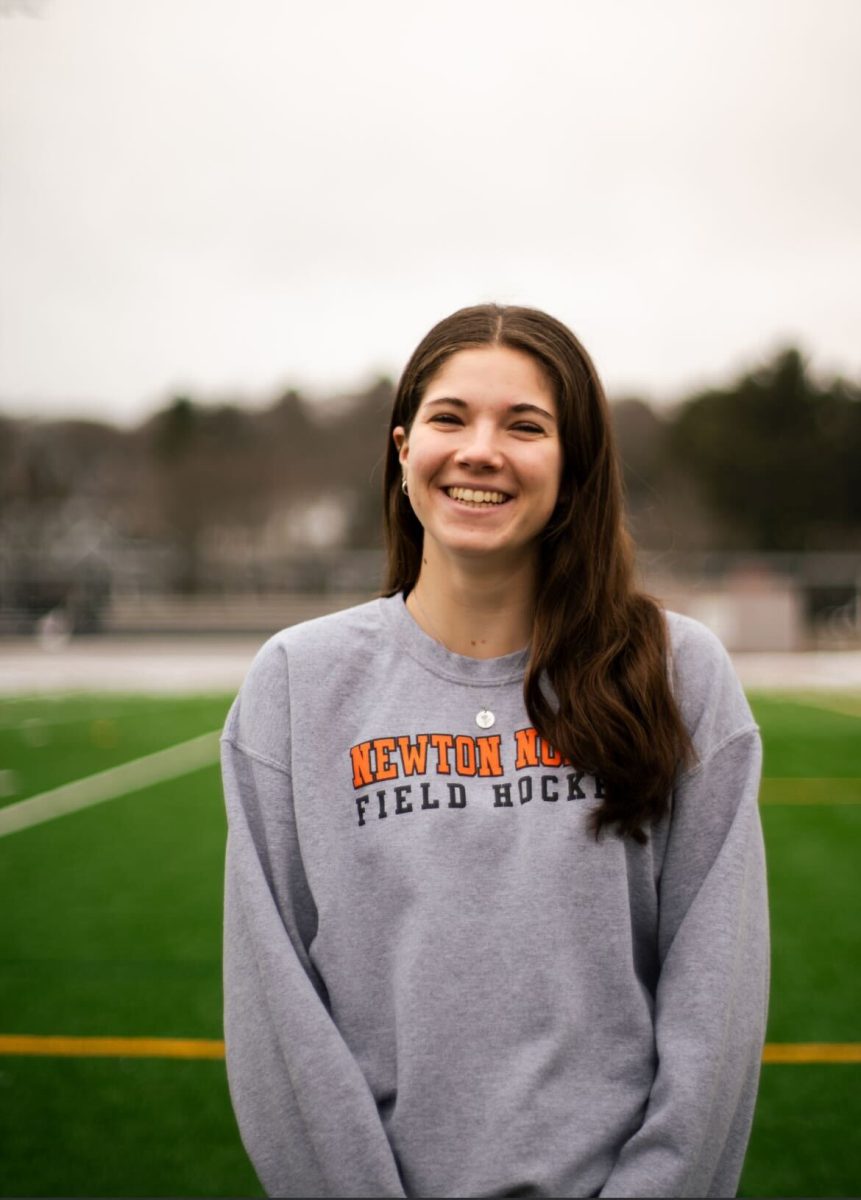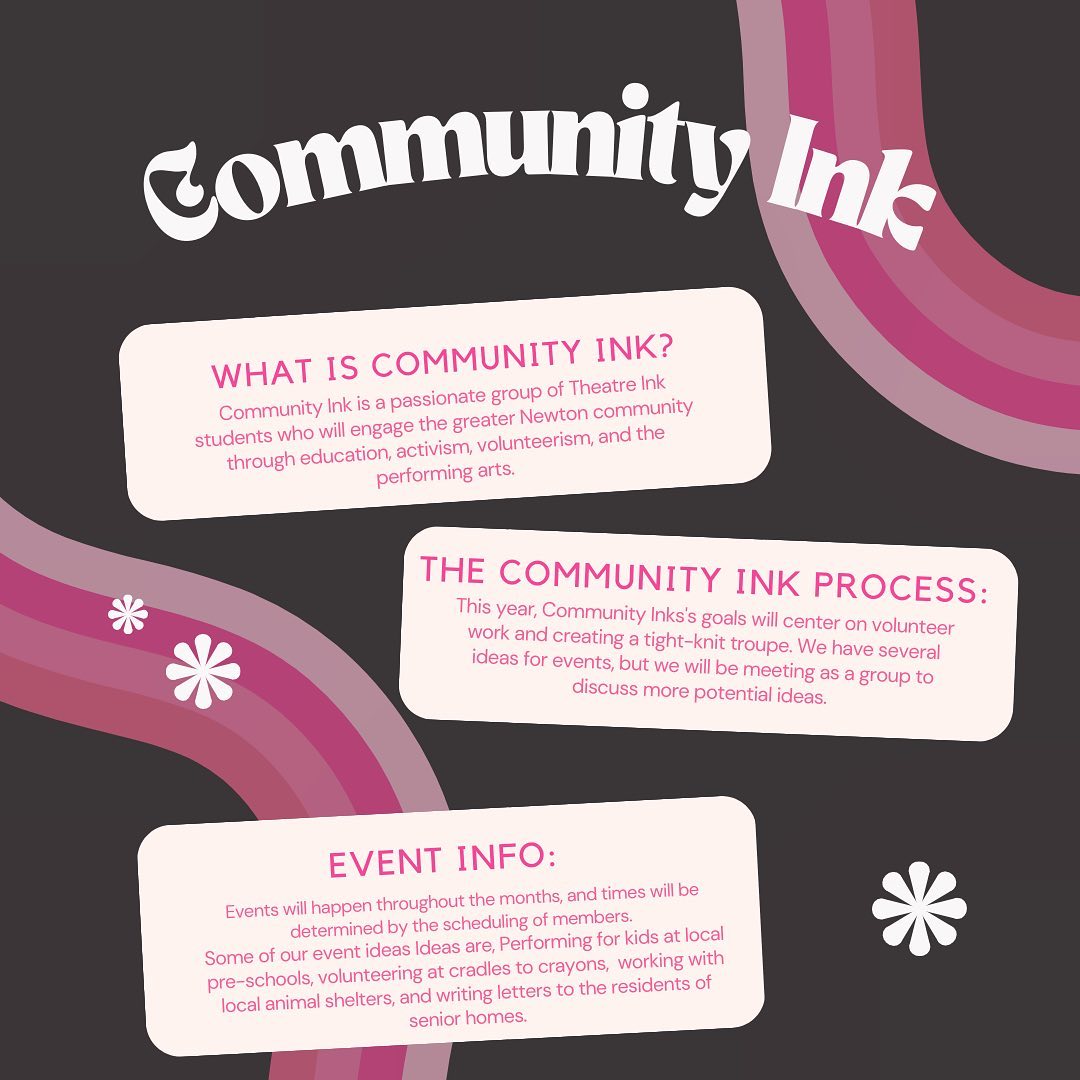
Senior Aneesh Anand became involved in Greengineering because he said that he liked that the program’s “approach is very different from most classes.” It consisted of “exploring and researching our own areas without any textbooks to guide us,” he said.
This year, Anand is a teaching assistant for a new Greengineering class, Xplore Greengineering, which the school created due to the popularity of the Greengineering program. “I’m excited to see where it goes in the future,” said Anand.
Seventeen students enrolled in the first Greengineering class in 2009, and now, there are over 100 students participating in Greengineering classes, programs and projects, according to science department head Amy Winston.
The new class, Xplore, meets two blocks per week and is taught by chief innovation officer Stephen Chinosi, who developed the program with science teacher Matt Anderson. Before the creation of Xplore, there was not a Greengineering class available to freshmen, so the class was specifically “created as an exploratory level open to freshmen,” said Winston, but is also open to all grade levels.
One version of the class is offered in the fall semester, and another version is offered in the spring semester. Students can sign up for just one semester or both because “the course was designed this way to increase flexibility,” in students’ schedules, according to Winston.
Both semesters include Greengineering “boot camp,” where students learn about the Engineering-Design Process, shop protocols, safety and collaborative research methods. The fall semester focuses on power and energy through topics such as solar, wind, micro-hydro and biodiesel, while the spring semester theme is “Stuff:” mycelium, algae, plastics, biomaterial engineering and green technology.
Biodiesel production, the process of turning waste vegetable oil into a green fuel, has been a part of the Greengineering program since day one, according to Chinosi. Over time, students have added other research components, he said.
The creation of bags through the fusing plastics and materiel re-engineering has also been a key part of the curriculum. This idea of repurposing materials connects with the cradle to cradle philosophy, which as explained by Chinosi, “is a global movement to engineer products with multiple life cycles built in the original design. Traditional engineering or design creates a chair with multiple components that all serve one purpose, being a chair. But cradle to cradle asks designers and engineers to create a chair that can be something else when the components of the chair fail or just want to be something else.”
While studying green technology, students work with traditional green technology such as solar, wind and micro-hydro power. Chinosi said that they also do cutting edge research in mycelium and algae, which are renewable energy resources.

For each research area, Chinosi said, “Students explore the science, engineering, history, economics, cultural and environmental impact of that topic.” For example, “the algae as a fuel project puts students at the center of a global debate on fuel as a growable, renewable product, but it demands a serious knowledge of biology and engineering to even begin the research,” he said.
As a result of the large amount of time and knowledge needed to fully research these subjects, Chinosi said that because Xplore is only twice a week, the students do only basic versions of each topic, but still try to “focus on a high level of hands-on building, creating and making Greengineering stuff.”
One way the students participate in hands-on activities is through the cutting edge tool for engineers and designers, which the program just added to the lab this year: a three-dimensional printer called MakerBot Replicator. Chinosi said, “We believe that a complete engineering program must include rapid prototyping of designs and products. That’s why we have one. It gives our students the real experience of designing and testing some of their engineered products.”
Winston said that currently, the Greengineering classes are running at or above capacity. According to Winston, the Greengineering course requests for Xplore Greengineering were 51 percent girls, while the course requests for other engineering and robotic classes range between zero and 15 percent girls.
Last year, Winston said the school was working on expanding the Greengineering program because “we found that once we get girls into Greengineering, they are over the hurdle and feel more comfortable in other engineering classes,” Winston said.
Chinosi said that lack of girls in all science, technology, engineering and math programs is a “critical issue across the country.”
He added, “I think we have always had a significant majority of girls in the Greengineering classes. I think healthy balances of all types of students makes for better classes.”
Chinosi attributes the popularity of the program to the fact that “Greengineering is a purposeful program and kids are smart enough to choose programs where they can really invest some of their intellectual powers.”


